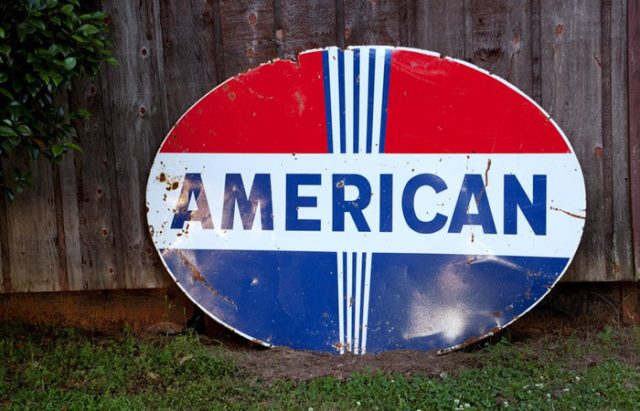Source: Dumb Little Man

Take a moment to think about your closet and everything inside. Chances are a big portion has labels that read “Made in China” or “Made in Bangladesh”. Maybe a few pieces have a proud “Made in America’ tag, but we bet these pieces are a minority.
Although consumers still rely on imported textiles and clothing and appreciate the lower price tag, there is something to be said for the quality of the items made and manufactured within our home country.
Domestic manufacturing has a significant impact on communities and the economy.The State of “Made in America”
A broad look at the data shows the United States imports almost 6 times what it exports, a huge portion of which comes right from China. Textiles alone amounted to $120 billion in imports in 2016 while American exports add up to just $21 billion.
Our top imports of clothing and textiles come from:
- China- 38%
- Vietnam- 9%
- India- 7%
- Mexico- %
- Bangladesh- 5%
- Other- 37%
It’s not just clothing that we massively outsource to foreign countries; nearly every industry has manufactured goods overseas for pennies on the dollar, making profits off often lower quality goods. Even baseballs for professional league players, the great American pastime, come from Costa Rica.
Only Louisville Sluggers continue to remain American-made. In fact, you can even visit their factory facility for a real-time tour of the production process right in Louisville, Kentucky.
Manufacturing Is A Boon to the Economy In Many Ways
U.S. manufacturing drives more innovation in the U.S. than any other sector. Being responsible for more than three-fourths of all private sector research and development, American manufacturers are dedicated to quality.
Domestic manufacturing strengthens economies, both nationally and locally. In 2016, manufacturers, on their own, contributed $2.25 trillion…
The post About American Manufacturing: What “Made In America” Really Means appeared first on FeedBox.